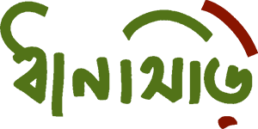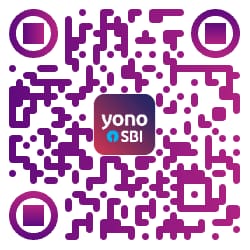This guide book does not claim to be more than is indicated by the title. It is addressed mainly to the visitor who, not being a specialist and having only a limited time at his disposal, would like to have a simple introduction to the more interesting specimens in its collection. The scholar and specialist would perhaps be more interested in the detailed catalogue of sculpture and coin collections separately published by this Museum and listed eleswhere in this volume.Originally it was planned to issue the guide book separately for each section, and the first part, covering the
sculptures, was published last year by the Assistant Curator,Mr. Enamul Haque, under the title of “Treasures of the
Dacca Museum”. On the occasion of the Museum’s Golden Jubilee, however, it was found advisable to issue a general
guide covering all the sections in one volume. Except the section on sculpture which only supplements the informa-
tion contained in Mr. Haque’s monograph, the present book thus attempts to indicate all the important objects so far
acquired and now preserved in the Museum A guide book usually is expected also to indicate the
location of the objects mentioned. For shortage of gallery space which prevents all the significant objects from being
put on display in permanent cases and stands, this has not been possible. Visitors interested in any particular piece
not shown in the galleries, may enquire from the Curator.In preparing this guide book, I have received the greatest assistance from my colleague, Dr. M. R. Tarafdar,K of the Department of Islamic History and Culture, Dacca University. It is, in fact, based wholly on the materials he compiled and classified so studiously, and the text is also largely from his pen.
The origin of the Dacca Museum is connected with the proposed transfer of the Shillong cabinet of coins to Dacca which had then become the capital of Eastern Bengal and Assam as a result of the partition of Bengal in the first decade of the present century. In response to a letter addressed to the D.P.J., Eastern Bengal and Assam, by H.E.Stapleton, who was then the Honourary Numismatist to the Government, Sir y Hare,Lieutenant Governor of the newly constituted province, passed orders for the selection of a site for a museum in the city of Dacca. But the proposal to start the museum remained ineffective till the the 25th July, 1912, when respectable persons of Dacca presented to Lord Carmichael, Governor of the new Bengal Presidency, an address of welcome in which emphasis was put on the immediate necessity of the establishment of a university, a museum and a public library at Dacca which
had by that time been reduced to the position of a district headquarters. Afterwards he donated an amount of
Rs. 2000/ with a view to meeting the expenditure on the preliminary works connected with the starting of the museum.The Government set apart a single room in the Secretariat with the object of housing the nucleus of the projected museum. It was to this Secretariat room that objects of
antiquarian interests began to flow from the Dacca Collectorate and other places where they were previously deposited.
The formal approval of the Governor in Council for the starting of the museum appeared in the Gazette of the 5th
March, 1913 and this was followed by the nomination of a Provisional General Committee of 30 members a body
empowered to form an Executive Committee that would frame necessary rules governing its management.




